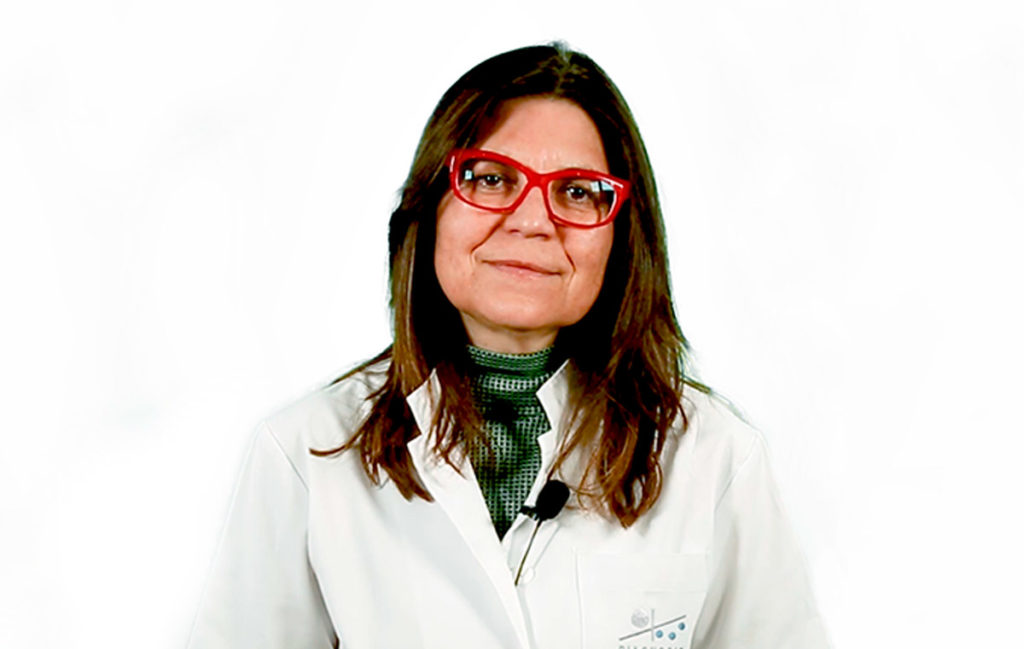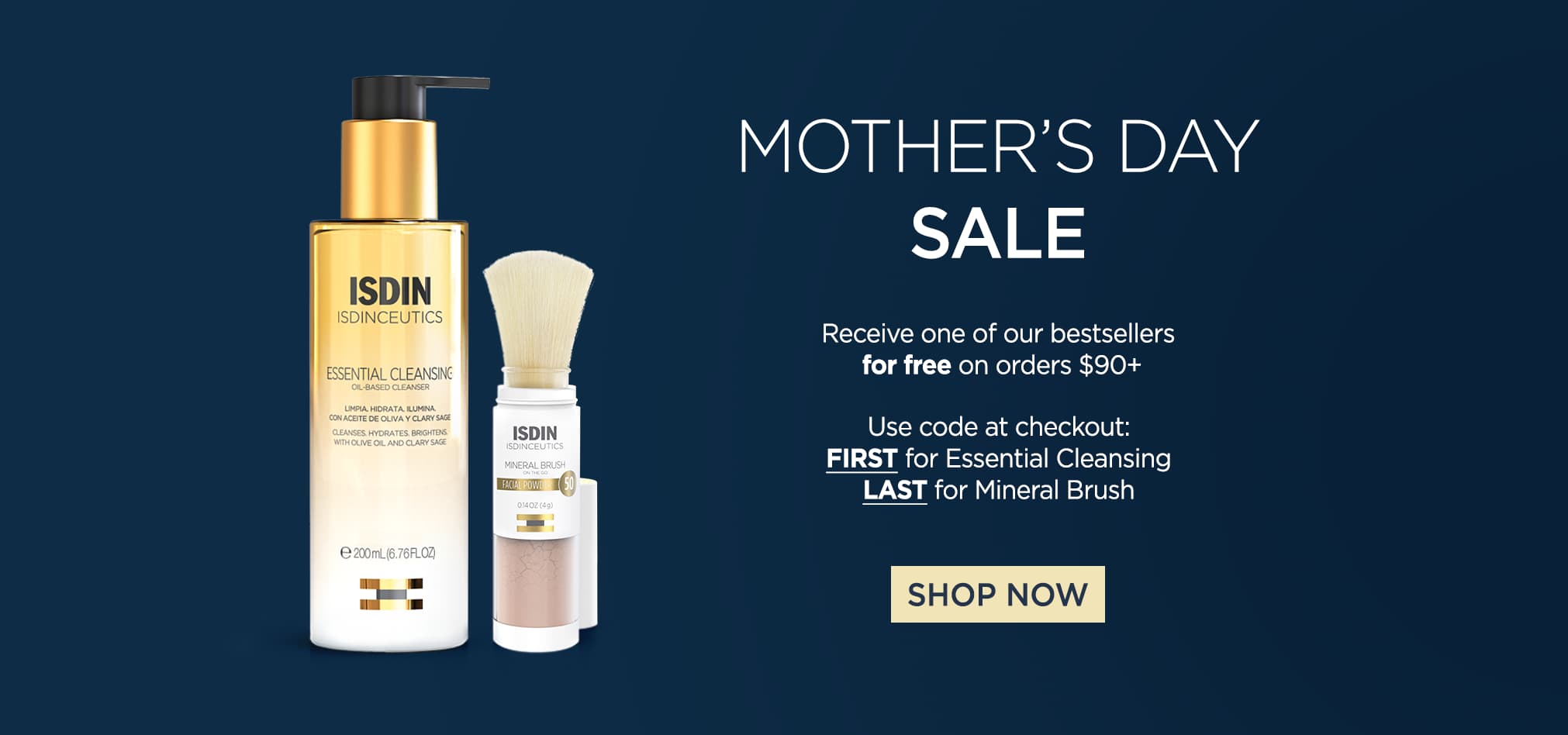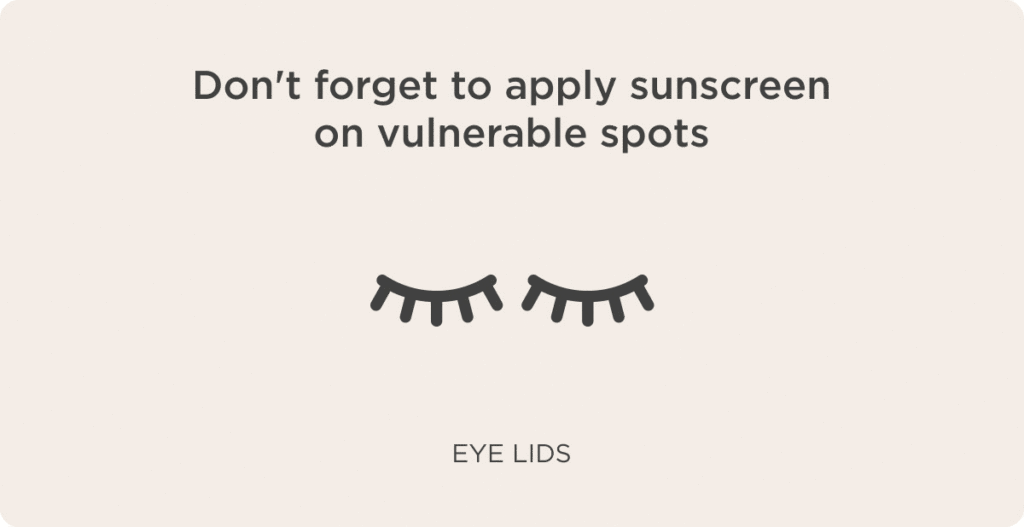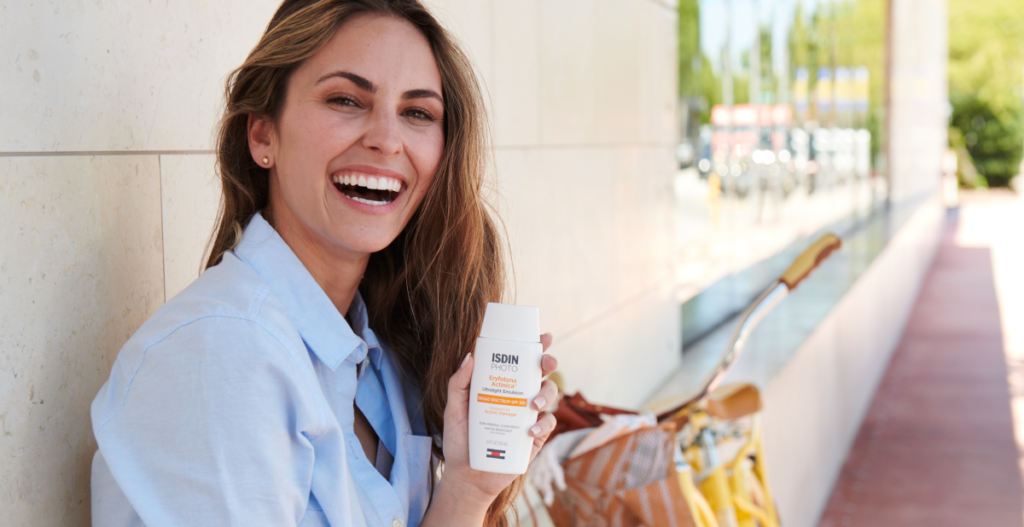
[ad_1]
golfing. Horticulture. float.
Many of our favorite activities take place in the sun. And while sunny days are the best backdrop for happy memories, our skin has a different kind of memory. This means that repeated sun exposure on vulnerable areas such as the ears, nose, forehead and hands can cause skin damage, including actinic damage.
Actinic keratosis is one of the most common skin conditions. in middle aged adults. So, what is there to worry about? Is it mild? And what does actinic keratosis look like?
And as leaders in sun safety, it’s our mission to help you Understand the causes and symptoms of actinic keratosis. We teamed up with three leading dermatologists to share guidance you can depend on:

Dr. Susana Puig
World renowned dermatologist in the field of diagnosis and treatment of melanoma and skin cancer. Professor at the University of Barcelona.

Dr. Carolyn Robinson
Chicago-based, board-certified medical and cosmetic dermatologist with subspecialties in alopecia, preventive skin care, and ethnic skin dermatology.

Dr Luke Maxfield
Board-certified dermatologist who served on the Review Advisory Board on Dermatology and has been published in over 15 medical journals.
Read on for expert advice on what you should know about actinic damage and how you can help prevent and repair it.

What is actinic keratosis or actinic damage?
Actinic keratosis, also known as solar keratosis, is a type of sun damage to the skin. Good News? It is not skin cancer in itself and is usually benign. However, only about 10% of actinic keratoses will turn into skin cancer, so it’s important to follow a treatment plan with your dermatologist.
At least 90% of actinic keratoses are benign – meaning they will not turn into cancer.
What causes actinic keratosis? Short answer: Sun. AK is the accumulation of cell damage due to repeated exposure to solar radiation. Usually presenting as a small, scaly skin patch that isn’t going away, actinic keratosis is most commonly found on vulnerable areas such as the nose, ears, cheeks, or bald head.
They are a form of pre-cancerous growth (emphasis on before, This means that actinic keratoses are again not cancerous lesions, but some turn into a type of skin cancer called squamous cell carcinoma. (source) And this non-melanoma skin cancer can be aggressive and dangerous to your health.
Expert Tip:
While medical experts have contributed to and fact-checked this article, there are many additional sources of data on actinic keratosis available. Turn to these foundations for the latest information:
American Academy of Dermatology
Skin Cancer Foundation
Yale Medicine
What does actinic keratosis look like?
AK is often easy to miss. They begin as patches of rough or scaly skin with a pink or red tinge. But keep in mind that they can behave differently in different people.
Here’s what to see and where:
- Face and scalp: Multiple actinic keratoses appear as scaly off-color patches on the face and bald head.
- Back of hands: The area gets a lot of unprotected time in the sun, making it a target for AKs.
- Lips: A permanent white patch on the lips that is rough to the touch could possibly be an actinic keratosis (and should be examined by your dermatologist).
- Various sizes, textures and shapes: Actinic keratoses can range in size, shape and color from white to brown, pink and red. They can often be mistaken for warts or sun spots. However, a more typical sign of AK is a rough texture or a scaly, flaky appearance.
What are the risk factors for solar keratosis?
A common skin condition among adults age 55 and older, approximately 58 million Americans are affected by AK. (source) Regardless of your age, anyone who has had repeated unprotected sun exposure can develop one or more of these precancerous lesions. But the chances go up in people who:
- have a lighter skin tone
- spend many hours in the sun (for leisure or for business)
- use or have used tanning beds
- are 40 years of age or older
How can I help prevent actinic keratosis?
Step 1: Help reduce your risk by protecting yourself from the sun
Here’s the good part: You can take proven steps to reduce your risk of actinic keratoses and skin cancer. And the easiest and most effective thing you can do is to always use sun protection.

“Daily protection from the sun helps us reduce our risk of skin cancer.”
Dr. Susana Puig
Here are some tips to get you started:
✅ Avoid prolonged sun exposure during the afternoon hoursWhen solar radiation is strong. tip: The shorter your shadow, the brighter the sun’s rays.
always use sunscreen on exposed skin. For proper protection, use a high SPF broad spectrum sunscreen. Apply it liberally about 15 minutes before exposure, and reapply at least every 2 hours.
Use other physical protective measures like sunglasses, umbrella, hat, or clothes.
Avoid Sunburn: Sunburn is an immediate manifestation of skin damage. Repeated damage can lead to AK and other pre-cancerous or cancerous skin conditions.
Wondering how much sunscreen to wear? or what kind Dr. Robinson shares, “(for facial sunscreen) Eryphotona actinica. It’s 100% mineral and ultralight — I recommend it to all of my patients to help protect and repair their skin.”
Expert Tip:
Dr. Susanna Puig echoes the importance of applying sunscreen correctly, “We must apply an adequate amount of product and distribute it correctly.” That means Pay extra attention to easy-to-miss and AK-weak spots like your ears, nose, and the backs of your hands.

Step 2: Know what to look for and do a self-exam
While self-exams can’t diagnose actinic keratosis or replace your annual visit to the dermatologist, they can help you be proactive.
Be sure to make note of any new patches or flaky areas on the skin, noting any changes in size, shape, or color. Pay attention to skin changes such as freckles or changes in skin pigmentation.
Expert Tip:
Take pictures on your cell phone as you track changes in your skin And keep notes. That way, when you make your appointment, you’ll be better prepared to discuss any concerns with your dermatologist.
How can I help repair or treat actinic keratosis?
First step: Get your dermatologist involved. It’s a good idea for everyone to have a checkup with their dermatologist once a year, and people at risk for skin cancer may need more frequent skin exams.
If you have been diagnosed with actinic keratosis during one of these tests, rest assured that there are many treatment options. Rather than a one-size-fits-all approach, your doctor will likely offer several options, such as cryosurgery, laser surgery, curettage and dehydration, chemical peels, and topical treatments.
Expert Tip:
A skin examination is particularly important if you suspect a skin abnormality – such as off-pink scaly lesions that do not heal (especially on the head and neck). make sure to Mention these concerns during your appointment with the dermatologist.
Bottom-line: Stick with Sunscreens That Work More
Sunscreen helps prevent the harmful effects of solar radiation. But did you know that some formulas can actually help repair damage, too?
Dr. Maxfield explains, “ISDIN Eryfotona Sunscreen embodies the idea of a holistic product. They not only provide a truly exceptional defense for the skin through their elemental combination of zinc oxide and antioxidants, but also Through repairing sun damage with data-driven DNA Repairsome®.”

Eryfotona Actinica and Ageless contain a natural repair enzyme derived from plankton, known as photolyase, which helps to repair sun damage that your body cannot do. And its continued use helps in repairing the previous damages.
Reference: 1 Actinic Keratosis (AK). (2022). Yale Medicine. https://www.yalemedicine.org/conditions/actinic-keratosis 2 The Skin Cancer Foundation. (2023, March 6). Squamous Cell Carcinoma - The Skin Cancer Foundation. https://www.skincancer.org/skin-cancer-information/squamous-cell-carcinoma/ 3 Venosa, A. (2022). Is Actinic Keratosis Skin Cancer? What You Need to Know About this Common Condition. The Skin Cancer Foundation. https://www.skincancer.org/blog/is-actinic-keratosis-skin-cancer/
[ad_2]

